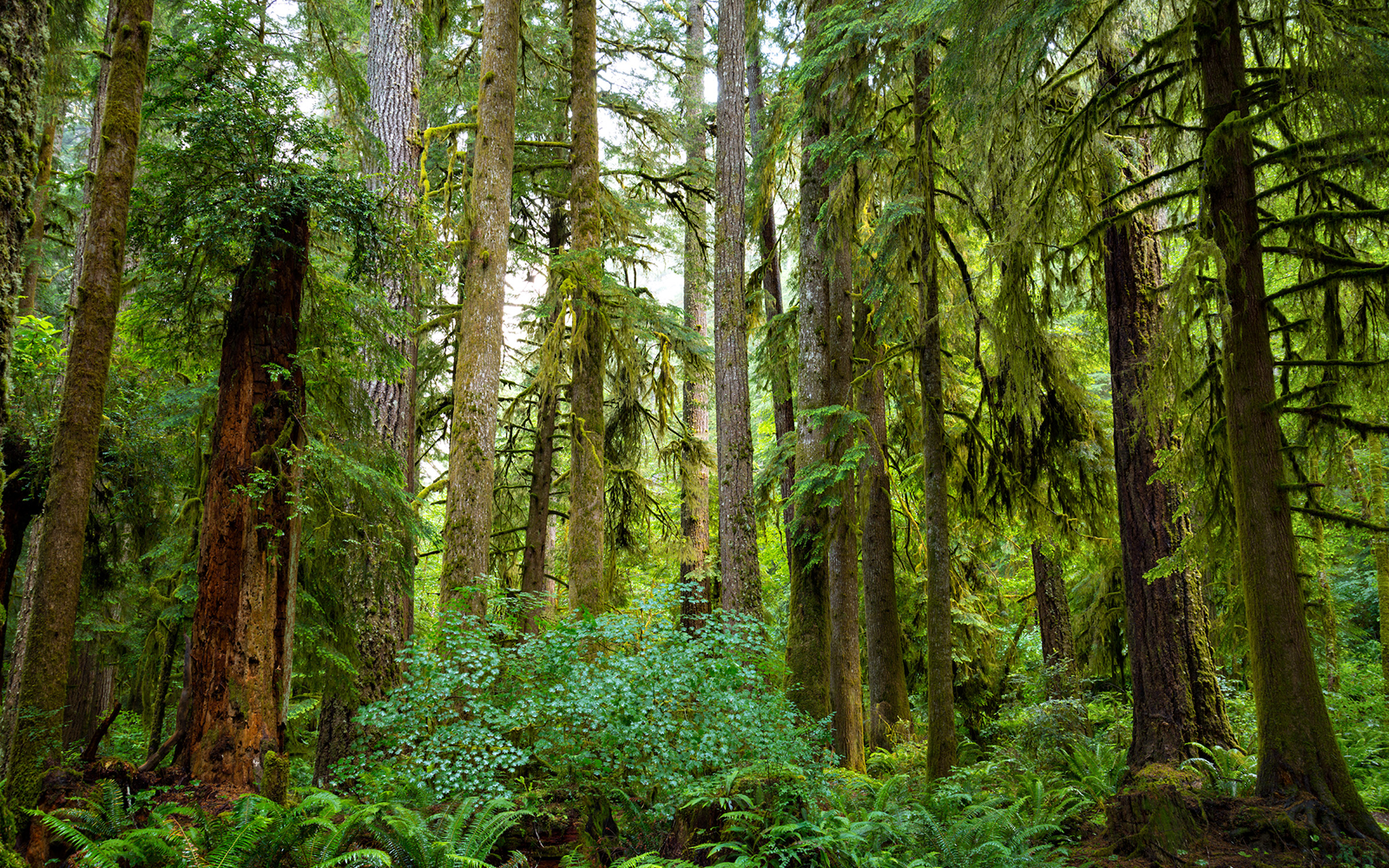FOR IMMEDIATE RELEASE
March 3, 2022
Contact:
Josh Laughlin, Cascadia Wildlands, 541-844-8182; jlaughlin@cascwild.org
Bob Sallinger, Portland Audubon, 503-380-9728; bsallinger@audubonportland.org
Brett Brownscombe, Wild Salmon Center, 503-669-5025; bbrownscombe@wildsalmoncenter.org
Doug Moore, Oregon League of Conservation Voters, 503-729-5175; dmoore@olcv.org
Oregon Legislature Approves Durable Conservation Solution for Elliott State Forest
Deal Hailed as a Significant Victory for Imperiled Species, Tribal Inclusion, Old-growth Forests, Clean Water, Climate Security and School Children
SALEM, OR — Today, the Oregon House of Representatives voted 50-8 to approve SB 1546 to create the Elliott State Research Forest and appropriate $121 million to decouple the 82,500-acre forest near Coos Bay from the Common School Fund (CSF). The vote follows the Oregon Senate’s approval of the legislation 22-4 on Tuesday.
“This is the culmination of over 20 years of work to find a lasting solution for this outstanding public forest and the clean water, imperiled species habitat, and climate security that it provides,” said Josh Laughlin, Executive Director of Cascadia Wildlands. “Critically, no longer will school children in Oregon be pitted against the environment when it comes to managing this unique coastal rainforest.”
The legislation, which was the result of three years of work by a diverse advisory committee and public feedback, keeps the Elliott in public ownership through the creation of the Elliott State Research Forest Authority and will be overseen by a board of directors appointed by the State Land Board, made up of the governor, secretary of state and treasurer. Oregon State University will be vested management authority by following a research platform, as well as a Forest Management Plan and a federal Habitat Conservation plan.
“A remarkable amount of work has been done over the past three years to transcend decades of conflict and find durable solutions that truly protect the Elliott’s older forests, water quality and imperiled species such as the marbled murrelet, northern spotted owl and coastal coho, while also achieving other important community values,” said Bob Sallinger, Conservation Director for Portland Audubon Society who served on the stakeholder advisory committee. “There is much work ahead to make this new structure a success, but with the vote today, the legislature has launched the Elliott into a new era.”
The legislation also completes decoupling of the Elliott from the Common School Fund by appropriating $121 million. In 2017, the Oregon legislature approved $100 million to begin the decoupling process. Historically, timber sale receipts from logging old-growth forests on the Elliott were used to pump the $2.2 billion CSF, but the District Court in 2012 ruled the State of Oregon was illegally logging the Elliott due to impacts on the marbled murrelet, an imperiled seabird that nests in the Elliott’s old-growth forests, and logging was ground to a standstill.
SB 1546 establishes durable conservation protections for the Elliott State Research Forest, including the creation of a 34,000-acre permanent reserve on its west side and smaller reserves throughout the rest of the forest; protection of 93% of the Elliott’s remaining mature and old-growth forests for imperiled species like the northern spotted owls, marbled murrelet and coastal marten; and improved streamside buffers to protect water quality and imperiled salmon.
“This new approach to the Elliott will spotlight forest management plus research based on biodiversity, fish and wildlife recovery, and resilience to climate change,” said Brett Brownscombe of the Wild Salmon Center. “These are globally relevant issues that will play out on a nationally unique research forest on Oregon’s home turf at a critical time.”
The legislation advances collaborative partnerships, including notably with western Oregon Tribes and the incorporation of traditional ecological knowledge into the forest’s research framework. Representatives from the Confederated Tribes of the Coos, Lower Umpqua and Siuslaw Indians, Confederated Tribes of the Siletz Indians, and the Confederated Tribes of the Grande Ronde were active participants in the advisory committee that helped develop the Elliott State Research Forest proposal over the past three years.
Governor Kate Brown, Treasurer Tobias Read, other public officials and a diversity of stakeholders were instrument in the bill’s passage.
“We are grateful for the hard work that went into this historic effort,” said Doug Moore, Executive Director of Oregon League of Conservation Voters. “The governor, state treasurer and all the stakeholders put in a lot of work to get us to this incredible outcome, and this shows that we really can come together to accomplish great things for Oregon.”
Accompanying foundational documents to the Elliott State Research Forest, including a Forest Management Plan and a federal Habitat Conservation Plan, continue to be worked on and are expected to be complete in 2023. The legislation now moves to Governor Kate Brown’s desk for her signature.

